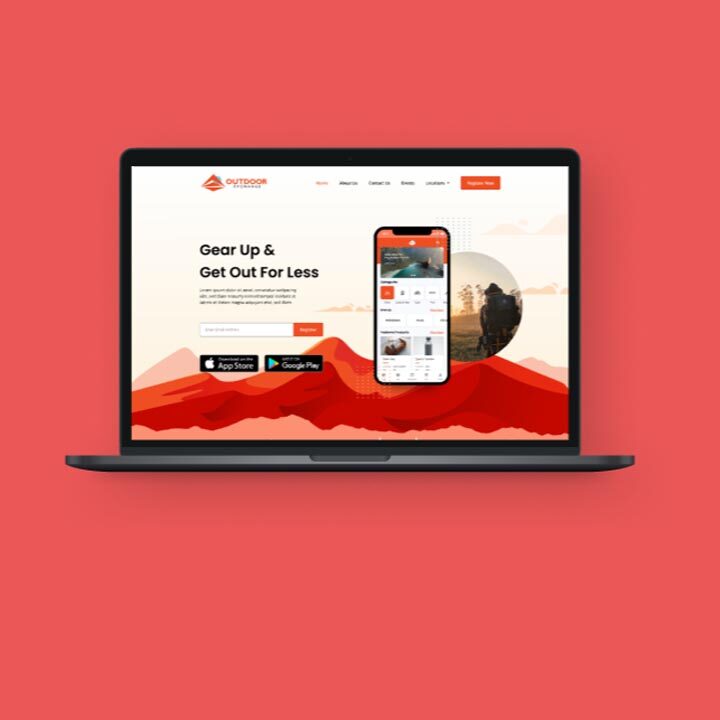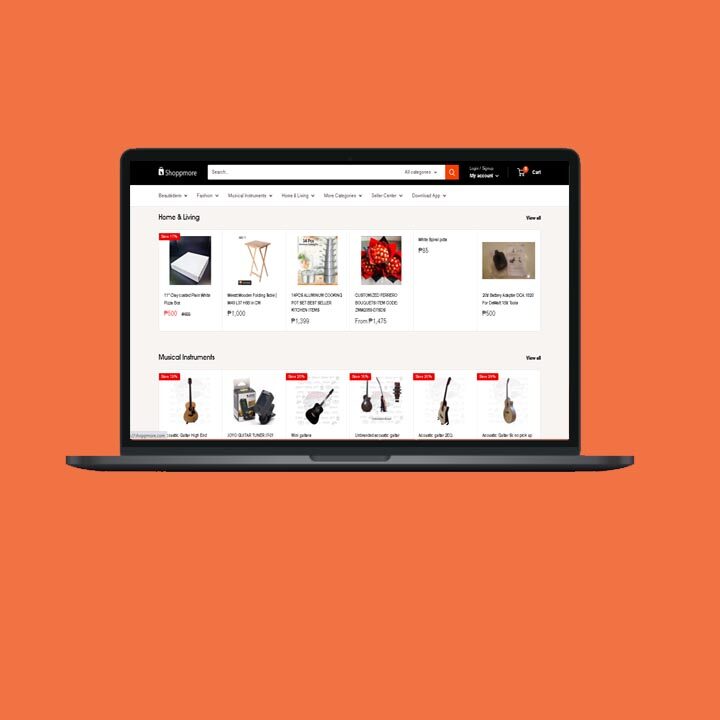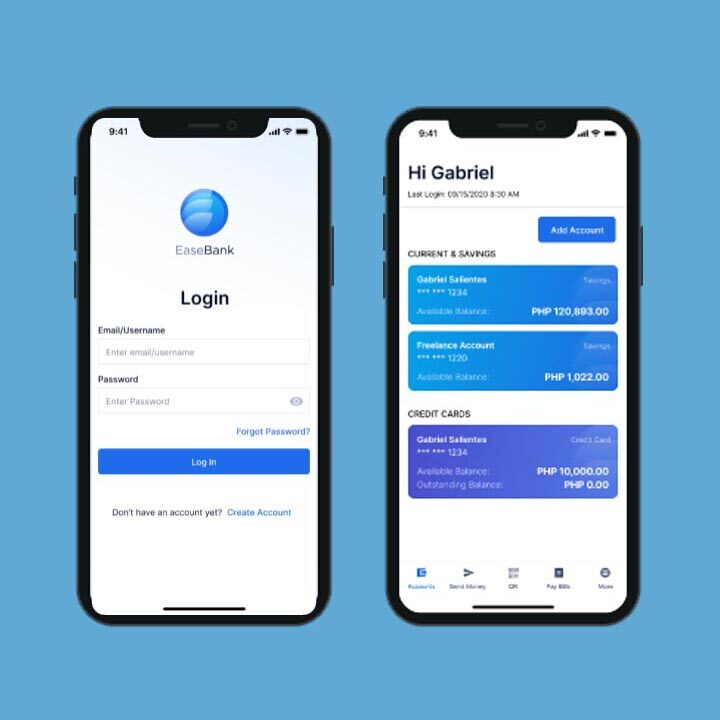Cost of Mobile App Development in the Philippines in 2023
If you are thinking of creating a mobile app, you may want to know about the associated expenses that come with it.
In this blog post, we will discuss the factors that can affect the cost of mobile app development. This will give you a better idea of how much you should budget for your planned project.
Table of Contents
Factors that affect the cost of mobile app development
One of the most important factors that can affect the cost of mobile app development is its complexity. The more complex the app, the longer and more expensive it will take to develop it. However, according to makeanapplike, a simple mobile application in the Philippines that includes design, frontend, backend, APIs, and QA can cost approximately $5,000 to $10,000.
Other aspects that could impact the cost are as follows:
- Customization
- Features
- Type of platform (iOS, Android, or both)
- Expertise
The experience required from your development team is also a significant factor to consider. If you require a high level of expertise, you can expect to pay more for their services. Moreover, the location of your development team can also affect the price, as employing a company in a major city like Manila may cost more than hiring a workforce in a smaller city or rural location.
App development Cost breakdown per stage
The mobile app development process can be divided into several stages, each of which can impact the overall cost of the project. Let’s break down the costs by development stage to better understand this.
Discovery
This is where developers collaborate closely with clients or stakeholders to gain a clear understanding of the project’s objectives, necessary features, and intended audience. This essential step enables the development workforce to establish the project’s boundaries and guarantee that all parties share the same comprehension before commencing the application’s creation.
According to Imaginovation Insider, the discovery stage normally takes 2-4 weeks and costs between $1,200 and $11,000. This phase receives about 10% of the entire development budget.
Design
The team will work with you to create the overall look and feel of your app. This phase can include wireframing, prototyping, and user interface design. The cost of this phase will vary depending on how complicated your software is and how much modification is needed. On average, you can expect to pay between $5,000 and $15,000 for the design stage.
Development
The actual coding of your app takes place. This phase can be the most time-consuming and expensive. The cost will be determined by the intricacy of your software, the number of features it contains, and the expertise required from your team. You should budget $20,000 to $100,000 on average for the development phase.
Testing
At this point, your app is put through its paces to ensure it’s functioning as intended. This stage is essential to ensuring a successful launch, as it helps to identify any bugs or issues that need to be addressed before the app is released.
The cost will depend on the complexity of your app and the number of tests required. The testing phase will typically cost between $5,000 and $20,000 on average.
Launching
The launching stage is where your app is released to the public. This phase can include marketing and promotion efforts to help drive downloads and increase visibility.
The cost will depend on the amount of marketing and promotion required. The launch stage typically costs between $5,000 and $20,000, on average.
Cost comparison between in-house development and outsourcing
To create a mobile app, your two main options would be:
In-house development
This involves hiring a team of developers to work on your app full-time. It can be more expensive than outsourcing, as you’ll need to pay for salaries, benefits, and overhead costs. However, it can provide more control over the creation process and can be more flexible in terms of making changes to your app.
Outsourcing
It is hiring a third-party company to handle your mobile app project. It can be more cost-effective, as you’ll only pay for the development services you need. Additionally, outsourcing can provide access to a wider range of expertise and can be more scalable.
Cost savings strategies for mobile app development
If you’re looking to save on the cost of mobile app development, there are several strategies you can consider.


Start with a minimum viable product (MVP)
An MVP is a condensed version of your app that only has the most important features. This allows you to test your app with users and gather feedback before investing in additional features and functionality.
Use pre-built components and templates
This can help to reduce creation time and costs, as you won’t need to build everything from scratch.
Work with a development team
Hire a development team that offers flexible pricing options, such as hourly rates or fixed-price contracts. This can help to ensure you only pay for the services you need and can help to keep costs under control.
Choosing a mobile app development company
Your project’s success is dependent on the company you pick. When evaluating potential development partners, consider the following factors:
- Expertise
Find a development team with a proven track record of success and experience working with similar applications. - Communication
Communication is key to a successful project. Select a team that communicates effectively and frequently. - Flexibility
Search for a company that can adapt to changing requirements and is willing to work with you to achieve your goals. - Pricing
Consider the pricing structure and ensure it aligns with your budget and project goals. - Quality
Look for a team that prioritizes quality and is committed to delivering a high-quality product.
App maintenance and update costs
Once your app is launched, it’s important to budget for ongoing maintenance and updates. This may consist of feature additions, security updates, and bug fixes.
For maintenance and updates, it is best to budget 15% to 20% of the initial development cost annually.
Future trends in mobile app development and their impact on costs
As mobile app development continues to evolve, there are several emerging trends that could affect its cost. One of the most significant trends is the increased use of artificial intelligence (AI) and machine learning (ML) in mobile apps. These technologies can help to improve user experiences and streamline creation processes, but they can also be complex and require a higher degree of expertise.
Another trend is the increased focus on app security. As cyber threats continue to evolve, app developers will need to invest in more robust security measures to protect user data and prevent breaches.
How DigiGlobal Solutions estimates the cost of mobile app development


After going through the details of the cost involved in developing an app, we at DigiGlobal Solutions have a specific approach to ensure that our client’s budget is well spent, and the app is delivered on time.
Our approach includes:
- conducting in-depth market research
- analyzing popular apps
- defining the target audience
- coming up with a unique idea that doesn’t replicate existing apps
We recommend starting with the first app version with basic features to test the idea. Once the testing is successful, we advise planning for further improvements and additional features, which are necessary to keep the app updated and secure.
Conclusion and Final Thoughts
Developing a mobile app in the Philippines in 2023 can be a complex and expensive process, but with the right approach, you can successfully navigate the costs and develop a high-quality app that meets your business goals.
By understanding the factors that impact the mobile app cost, breaking down the costs by development stage, and considering cost-saving strategies, you can budget effectively and make informed decisions about your project.
Remember to choose the right development partner, budget for ongoing maintenance and updates, and stay up to date on emerging trends in creating a mobile app.
Contact us for a FREE consultation now!







